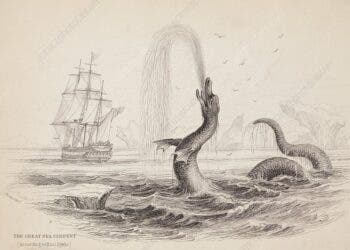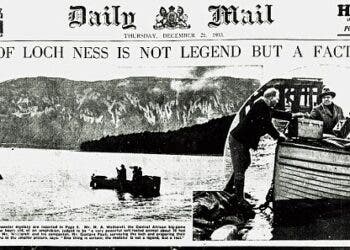Some 600 feet deep, at the bottom of the Loch Ness lake in Scotland, researchers have found the much famed monster… but it’s not the monster you’re thinking of. It’s only a prop from the 1970 movie The Private Life of Sherlock Holmes.
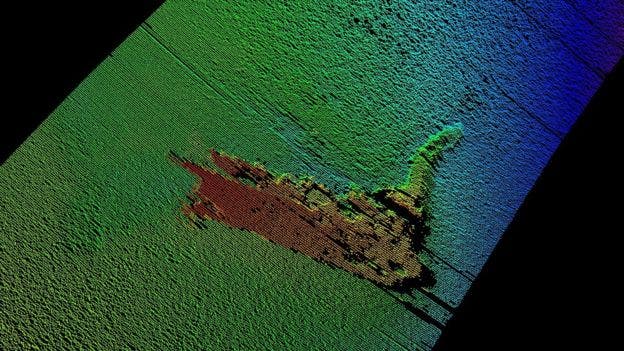
When the movie was being filmed, a prop monster was developed. It had two humps and was 30 feet long. But the director, Billy Wilder, didn’t like the look of it.
“The director did not want the humps and asked that they be removed, despite warnings I suspect from the rest of the production that this would affect its buoyancy. And the inevitable happened. The model sank,” Adrian Shine, a Loch Ness expert, told the BBC.
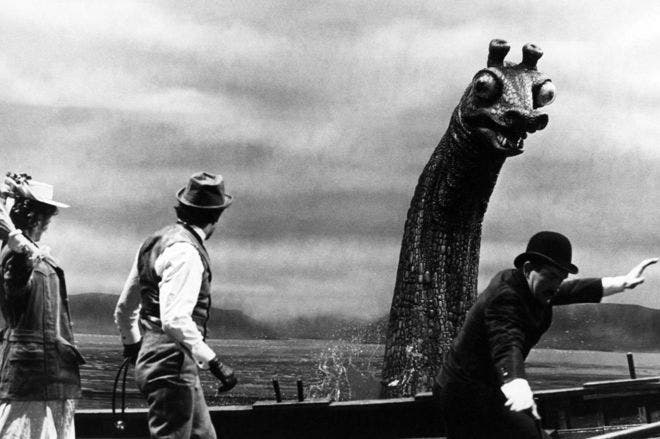
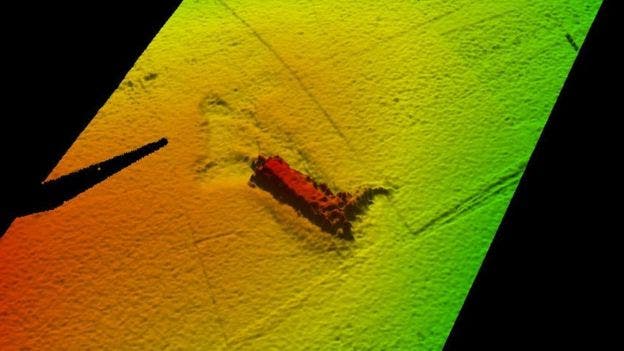
This time, VisitScotland and Loch Ness expert Adrian Shine used a sonar study to sweet the subsurface of the lake. Mr Shine added:
“We can confidently say that this is the model because of where it was found, the shape – there is the neck and no humps – and from the measurements.”
Other than this, they also found a sunken boat… and not much else. But Malcolm Roughead, chief executive of VisitScotland believes that no matter what science reveals, there will always be a sense of mystery shrouding the lake.
“We are excited to see the findings from this in-depth survey by Kongsberg , but no matter how state-of-the-art the equipment is, and no matter what it may reveal, there will always be a sense of mystery and the unknown around what really lies beneath Loch Ness.”


